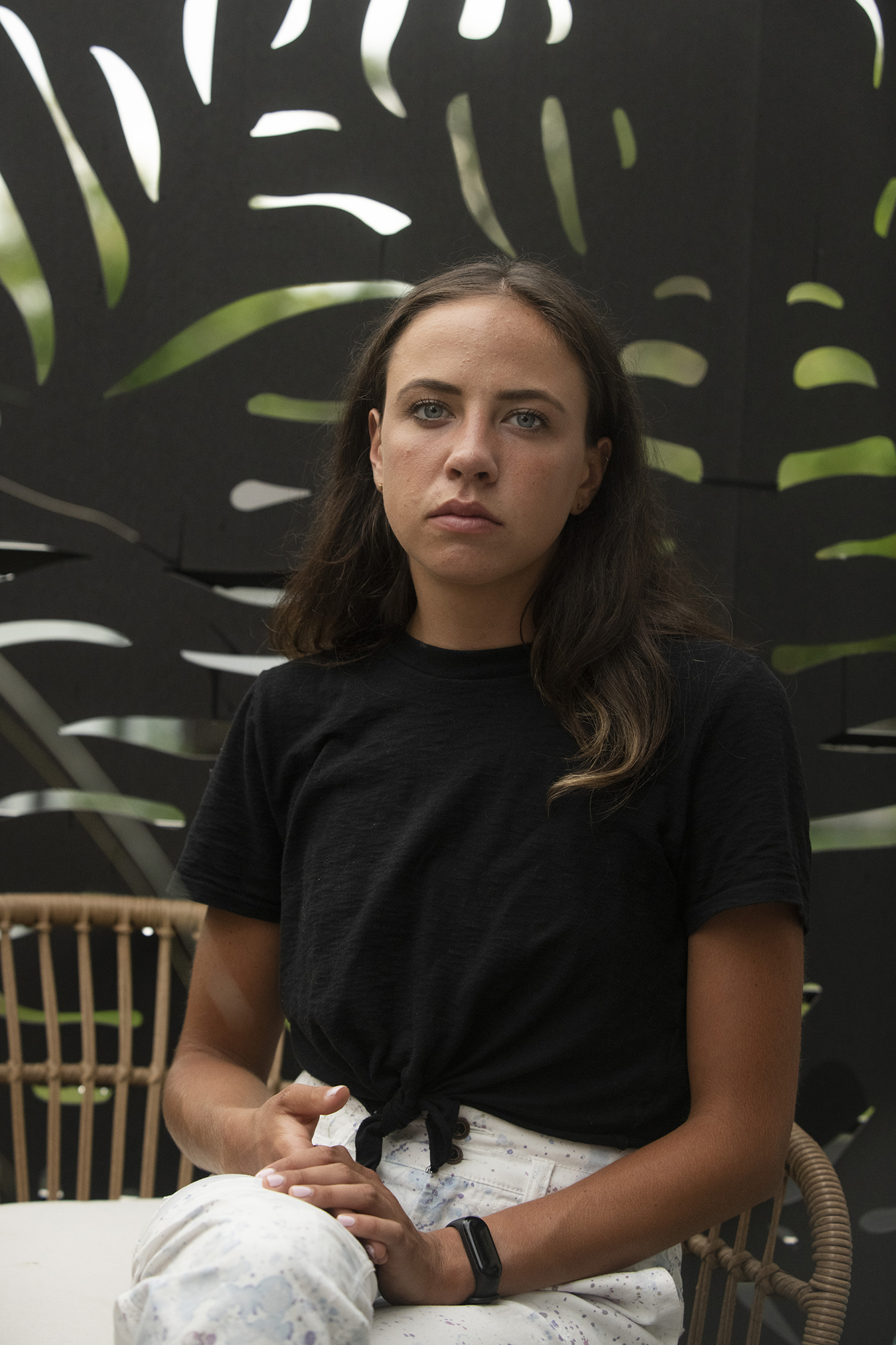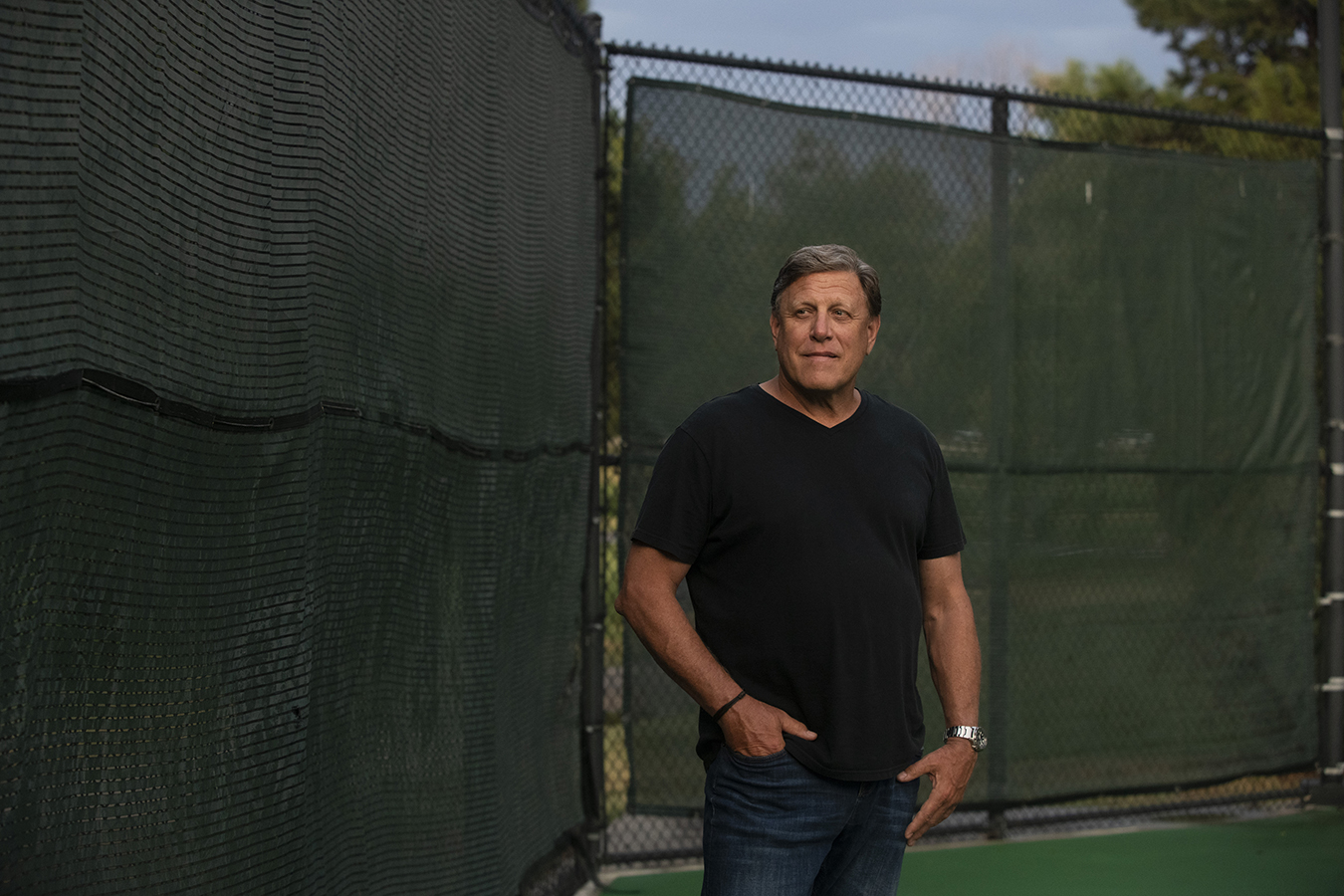Cuando los científicos estadounidenses comiencen a lanzar este verano los primeros ensayos clínicos a gran escala de una vacuna contra COVID-19, Antonio Cisneros quiere asegurarse de que participen personas como él.
Cisneros, hispano de 34 años, forma parte de la primera ola de un millón y medio de voluntarios dispuestos a recibir las dosis, para ayudar a determinar si las vacunas que son principales candidatas pueden derrotar al virus que ha causado una pandemia mortal.
“Si me piden que participe, lo haré”, dijo Cisneros, cineasta de Los Ángeles que se ha inscrito en dos grandes ensayos. “Parece ser parte de nuestro deber”.
Sin embargo, se necesitará más que un impulso para garantizar que los ensayos clínicos que evalúan la seguridad y efectividad de una vacuna realmente incluyan un número representativo de afroamericanos, latinos y otras minorías raciales y étnicas. También a personas mayores y a otras con afecciones médicas subyacentes, como enfermedad renal.
Las personas de raza negra y las latinas (que pueden ser de cualquier raza) tienen tres veces más probabilidades de infectarse con el coronavirus que causa COVID-19 que las personas blancas no hispanas, y el doble de probabilidades de morir, según datos federales obtenidos por The New York Times a través de una demanda.
Los estadounidenses de origen asiático parecen representar menos casos, pero tienen mayores tasas de mortalidad. Ocho de cada 10 muertes por COVID reportadas en los Estados Unidos han sido de personas de 65 años o más. Y los Centros para el Control y Prevención de Enfermedades (CDC) advierten que la enfermedad renal crónica se encuentra entre los principales factores de riesgo de infección grave.
Sin embargo, históricamente, a estos grupos se los ha incluido menos en ensayos clínicos, a pesar de las normas federales que requieren la participación de minorías y personas mayores, y los esfuerzos continuos de los defensores de pacientes para diversificar estos estudios médicos críticos.
En un verano dominado por COVID-19 y por protestas contra la injusticia racial, el reclamo a los fabricantes de drogas e investigadores para que garanticen que los ensayos de vacunas reflejen a toda la comunidad es más potente.
“Si las personas de raza negra estamos siendo sido víctimas de COVID-19, seremos la clave para descubrir el misterio de COVID-19”, dijo el reverendo Anthony Evans, presidente de la National Black Church Initiative (NBCI), una coalición de 150,000 Iglesias afroamericanas.
Evans y su equipo se reunieron a mediados de julio con funcionarios de Moderna, la compañía de biotecnología de Massachusetts que lanzó el primer ensayo de una vacuna contra COVID en los Estados Unidos, para discutir una colaboración en la que el NBCI ayudaría a reclutar a participantes afroamericanos. Pero este encuentro fue menos de dos semanas antes del comienzo de la fase 3 del ensayo, que esperaba inscribir 30,000 personas, y Evans dijo que la reunión fue idea suya.
“La industria no se acercó a mí. Yo fui a la industria”, dijo.
Investigaciones muestran que las personas de raza negra representan aproximadamente el 13% de la población del país, pero en promedio el 5% de los participantes en ensayos clínicos. Para los hispanos, la participación en ensayos es de aproximadamente 1% en promedio, aunque representan cerca del 18% de la población.

Antonio Cisneros, cineasta de Los Angeles, se registró para dos grandes ensayos de vacunas contra COVID-19. Es de los primeros de la primera ola de voluntarios. "Si me dicen de participar, lo haré. Es nuestro deber", dijo.(Photo by Steven Shea)
Cuando se trata de ensayos de medicamentos y vacunas, la diversidad es importante. Estudios muestran que, por razones que no siempre se entienden completamente, las personas de diferentes razas y etnias pueden responder de manera diferente a las drogas o terapias. La respuesta inmune disminuye con la edad, por eso hay una vacuna contra la gripe en dosis altas para las personas mayores de 65 años.
Aún así, la presión por desarrollar una vacuna eficaz en tiempo récord, en medio de la pandemia, podría dejar de lado los esfuerzos para garantizar la diversidad, dijo la doctora Kathryn Stephenson, directora de la unidad de ensayos clínicos en el Centro de Investigación de Virología y Vacunas en el Centro Médico Beth Israel Deaconess, en Boston.
“Una de las preguntas que surgió es: ¿qué hacer si eres un investigador y tienes a 250 personas golpeando a tu puerta, y todos son blancos no hispanos?”, reflexionó.
¿Inscribes a esas personas, siguiendo el razonamiento de que, cuanto más rápido avance el ensayo, más rápido estará disponible una vacuna para todos? ¿O los rechazas y retrasas el estudio?
“Estás acelerando el desarrollo de una vacuna, y si alcanzas un hito, ¿cuál es el significado de ese hito si no sabes si es muy segura o efectiva para una población [determinada]? ¿Realmente el logro es para todos?”, se preguntó Stephenson.
Incluir a las personas de edad avanzada o que tienen afecciones médicas subyacentes es vital para la ciencia de las vacunas y otros tratamientos, incluso si es más difícil reclutarlos.
“Tenemos que admitir que los adultos mayores son los que tienen más probabilidades de desarrollar efectos secundarios a los tratamientos y vacunas”, dijo la doctora Sharon Inouye, directora del Aging Brain Center y profesora en la Escuela de Medicina de Harvard. “Por otro lado, esa es la población que la usará”.
Las personas con enfermedad renal, que afecta a 1 de cada 7 adultos en el país, han sido excluidos de la investigación clínica durante décadas, dijo Richard Knight, quien recibió un órgano y es presidente de la Asociación Americana de Pacientes Renales. Casi el 70% de los más de 400 pacientes con enfermedad renal que la organización encuestó en julio dijeron que nunca se les había pedido participar de un ensayo clínico.
Excluyendo el ensayo de la vacuna, una población vulnerable a COVID tan amplia no tiene sentido, sostuvo Knight. “Si estás tratando de manejar esto desde el punto de vista de la salud pública, quieres asegurarte de estar inoculando a tus poblaciones de mayor riesgo”, explicó.
La nueva guía de la Administración de Drogas y Alimentos (FDA), que regula las vacunas, “alienta” la diversidad en el desarrollo de vacunas clínicas. Eso incluye minorías raciales y étnicas, personas mayores y personas con problemas médicos subyacentes, así como mujeres embarazadas.
Pero la FDA no exige que los fabricantes de medicamentos e investigadores cumplan con esos objetivos, y no rechazará los datos de pruebas que no cumplan con esta recomendación. Y aunque el gobierno federal está derivando miles de millones de dólares para acelerar más de media docena vacunas candidatas para COVID, las farmacéuticas que las producen no están obligadas a revelar públicamente sus objetivos demográficos.
“Esto es lo de siempre”, dijo Marjorie Speers, directora ejecutiva de Clinical Research Pathways, un grupo sin fines de lucro de Atlanta que trabaja para aumentar la diversidad en la investigación. “Es muy probable que estos ensayos no incluyan minorías porque no es mandatorio”.
Los ensayos de vacunas se coordinan a través de la Red de Prevención de COVID-19 (CoVPN), con sede en el Centro de Investigación del Cáncer Fred Hutchinson, en Seattle. Se basa en cuatro redes de ensayos clínicos de larga data financiadas por el gobierno federal, incluidas tres dirigidas al VIH y al SIDA.
Esas redes de pruebas fueron elegidas en gran parte porque tienen relaciones ricas en comunidades minoritarias de raza negra, latinas y otras, dijo Stephaun Wallace, director de relaciones externas de CoVPN. La esperanza es aprovechar las conexiones existentes basadas en la confianza y la colaboración.
“Nuestros sitios de ensayos clínicos están preparados y listos para involucrar a personas de distintas comunidades”, dijo Wallace.
Sin embargo, reconoció que atraer a una población diversa requiere que los investigadores sean flexibles e innovadores. Puede haber problemas prácticos. Las horas de la clínica pueden ser limitadas o el transporte puede ser un problema. Las personas mayores pueden tener problemas de vista o audición y requerir de ayuda adicional para seguir los protocolos.
La desconfianza en el establecimiento médico también puede ser una barrera. Por ejemplo, los afroamericanos, tienen una cautela bien fundada con los ensayos médicos después del infame Estudio Tuskegee y la explotación de Henrietta Lacks. La sospecha se extiende a las vacunas recomendadas, dijo Wallace.
“No quieren sentirse como conejillos de indias o sentir que se está experimentando con ellos”, agregó.
Moderna, que lanza su prueba de fase 3 el lunes 27de julio, dijo que la compañía está trabajando para garantizar que los participantes “representen a las comunidades con mayor riesgo de COVID-19 y a nuestra sociedad diversa”.
Sin embargo, los resultados del ensayo de fase 1 de la compañía, publicados a mediados de julio, mostraron que de 45 personas incluidas en esa prueba de seguridad, seis eran hispanos, dos eran de raza negra (no hispanos), una era asiática y una era nativa americana. Cuarenta eran blancos no hispanos.
Los ensayos clínicos de fase 1 y fase 2 tienen como objetivo evaluar la mejor dosis y la seguridad de las vacunas en pequeños grupos de personas. Los ensayos de fase 3 evalúan la eficacia del medicamento en decenas de miles.
Los investigadores en casi 90 sitios en los Estados Unidos se están preparando para reclutar participantes para el ensayo de fase 3 de Moderna. El doctor Carlos del Río, decano ejecutivo asociado de la Escuela de Medicina de la Universidad Emory, buscará 750 voluntarios en tres sitios del área de Atlanta. La mitad recibirá la vacuna; la otra mitad, inyecciones de placebo.
Del Río ha tenido un éxito notable en el reclutamiento de minorías para ensayos de VIH y espera resultados similares con el ensayo de la vacuna. “Estamos haciendo nuestro mejor esfuerzo para llegar a las comunidades que están en mayor riesgo”, dijo.
Mientras tanto, los voluntarios como Cisneros solo quieren que comiencen los ensayos avanzados.
Cisneros se inscribió en los ensayos de CoVPN. Pero primero lo hizo en 1 Day Sooner, un esfuerzo para lanzar lo que se llama “ensayos de desafío en humanos”, cuyo objetivo es acelerar el desarrollo de la vacuna al infectar deliberadamente a los participantes con el virus. Estos ensayos pueden completarse en semanas en lugar de meses, pero corren el riesgo de exponer a los voluntarios a enfermedades graves o a la muerte, y los funcionarios federales siguen siendo recelosos de esta estrategia.
Cisneros está dispuesto a correr ese riesgo para ayudar a frenar a COVID-19, que ya ha matado a 143,000 estadounidenses. Dijo que es una forma de actuar en un momento en el que el gobierno de los Estados Unidos no ha podido proteger a las minorías, los adultos mayores y otras personas vulnerables.
“Se supone que el gobierno debe ayudar a aquellos que no pueden protegerse”, dijo. “Me parece que lo único que quieren proteger es a las personas con dinero, a las personas con armas de fuego, y no a las personas de minorías como yo”.
Kaiser Health News (KHN) is a national health policy news service. It is an editorially independent program of the Henry J. Kaiser Family Foundation which is not affiliated with Kaiser Permanente.
from Health Industry – Kaiser Health News



